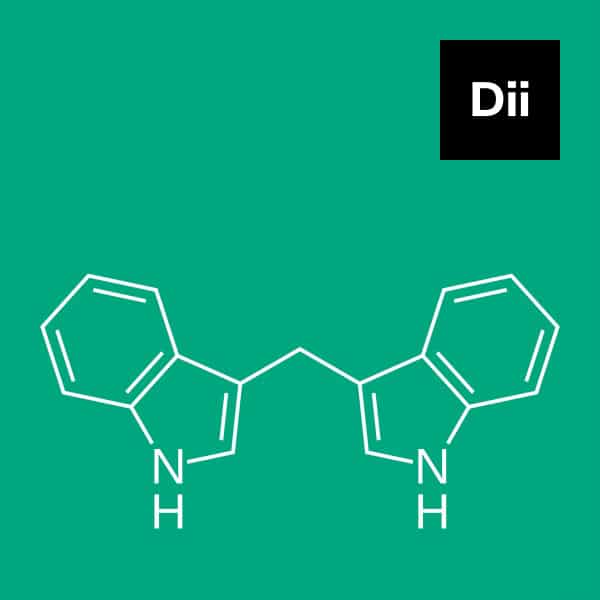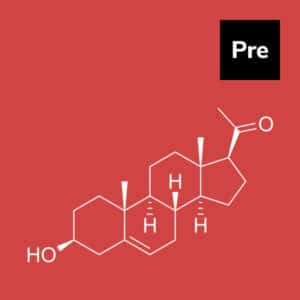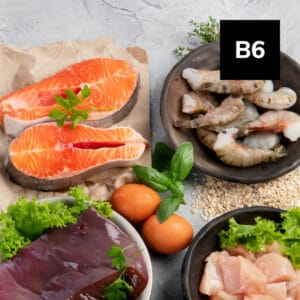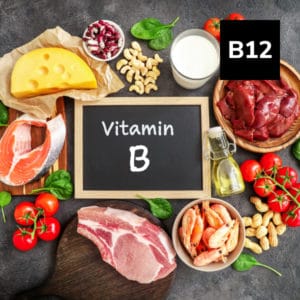Overview
DIM, or diindolylmethane, is a phytonutrient found in cruciferous vegetables such as broccoli, cabbage, Bok Choy, watercress, Brussels sprouts, cauliflower, and kale. According to research, when taken as a supplement, it delivers a variety of health advantages.
Key Benefits
- It encourages the body’s natural detoxification of environmental and dietary contaminants.
- It supports liver health and has the potential to prevent hormonally-dependent tumor development.
- Radiation treatment does not harm normal cells.
- It aids in the equilibrium of estrogen metabolism in both men and women.
History of Usage
For good reason, the National Cancer Institute and other organizations recommend consuming five to nine servings of fruits and vegetables every day. Cancer prevention using natural products has gained a lot of attention in recent years.
In experimental in-vitro and in-vivo carcinogenesis models, the possible preventive function of cruciferous vegetables and active components found in these vegetables, such as diindolymethane and indole-3-carbinol, have been widely investigated.
The chemopreventive chemicals produced by Diindolymethane is powered by cruciferous vegetables have repeatedly been proven to affect carcinogenesis at various stages of cancer formation. Similarly, findings from epidemiological research and clinical trials back up this claim.
Biochemistry
DIM is synthesized in the body from indole-3 carbinol. It promotes detoxification by increasing the activity of the cytochrome P450 enzymes involved in phase 1 liver detoxification. This may help to reduce the body’s toxic burden caused by processed foods, alcohol, chemicals, and pollution.
DIM decreases the quantity of 16a-hydroxyestrome (a carcinogenic type of estrogen) while raising the amount of neutral-to-favorable estrogen (2-hydroxyesterone). The most effective natural inducer of 2-hydroxyestrone synthesis has been identified as diindolylmethane.
To put it another way, consuming DIM in an absorbable form promotes active and healthy estrogen metabolism. DIM promotes estrogen balance by boosting the beneficial 2-hydroxy estrogens and decreasing the unfavorable 16-hydroxy estrogens. This increases estrogen metabolism and aids in the resolution of all three types of estrogen dominance.
The evidence supporting DIM’s protective effect against breast cancer and other malignancies is growing, but more study is needed to discover and define the molecular targets of this molecule, particularly in people.
Recent Trends
The function of bioactive chemicals derived from the diet, such as those found in cruciferous vegetables, is a hot topic in cancer chemoprevention research. According to a study presented at the American Association for Cancer Research’s annual meeting in 2012, breast cancer survivors who eat a diet rich in cruciferous vegetables have a 62 percent higher chance of survival when compared to those who consume the least.
Another research, published in 2010 in the journal Cancer Epidemiology Biomarkers & Prevention, discovered that consuming broccoli may enhance bladder cancer survival.
DIM is accessible as a dietary supplement without a prescription, either alone or in combination formulations. It is available in a generic crystalline formulation (poor bioavailability) and as a BR-DIM microencapsulated form (higher bioavailability).
Precautions
- Individuals who are taking medication should check with their doctor before taking a DIM supplement, since it may hasten the breakdown and/or impair the efficacy of medicines.
- DIM is considered safe for most people to use medicinally. Some people may benefit from taking 600 mg of diindolylmethane daily. Headaches, gas, diarrhea, and nausea are all possible side effects.
References
1. Higdon JV, Delage B, Williams DE, Dashwood RH. Cruciferous vegetables and human cancer risk: epidemiologic evidence and mechanistic basis. Pharmacol Res. 2007 Mar;55(3):224-36. doi: 10.1016/j.phrs.2007.01.009. Epub 2007 Jan 25. PMID: 17317210; PMCID: PMC2737735.
2. Murillo G, Mehta RG. Cruciferous vegetables and cancer prevention. Nutr Cancer. 2001;41(1-2):17-28. doi: 10.1080/01635581.2001.9680607. PMID: 12094621.
3. Li L, Chen R, Lin YT, Humayun A, Fornace AJ Jr, Li HH. 3,3′-Diindolylmethane Enhances Tumor Regression After Radiation Through Protecting Normal Cells to Modulate Antitumor Immunity. Adv Radiat Oncol. 2020;6(1):100601.




